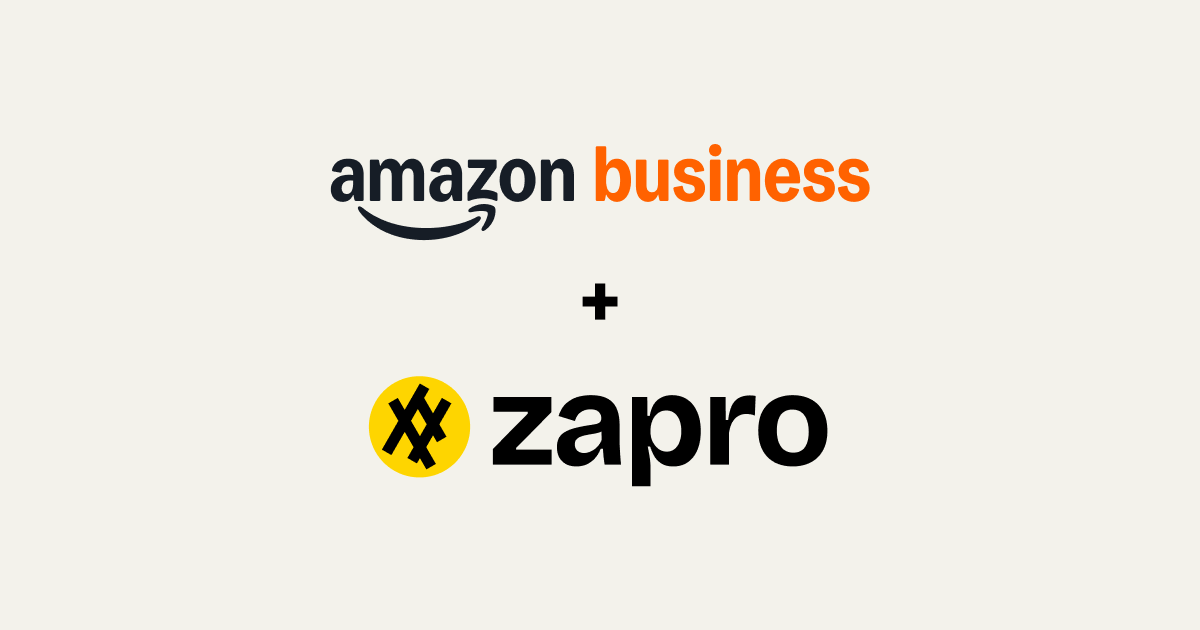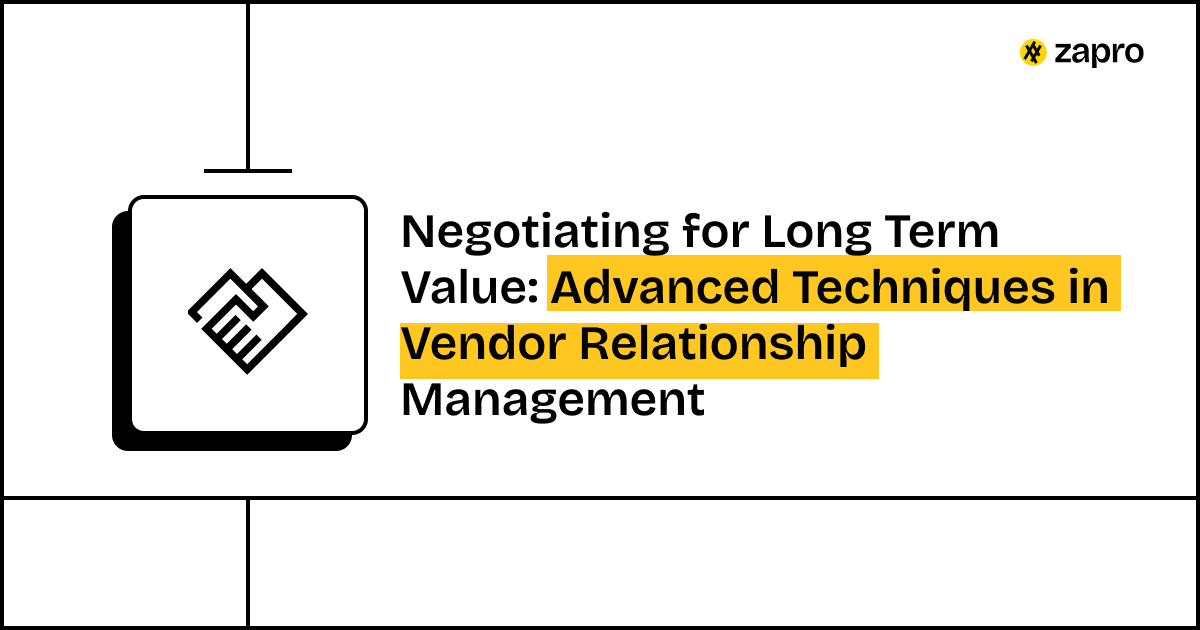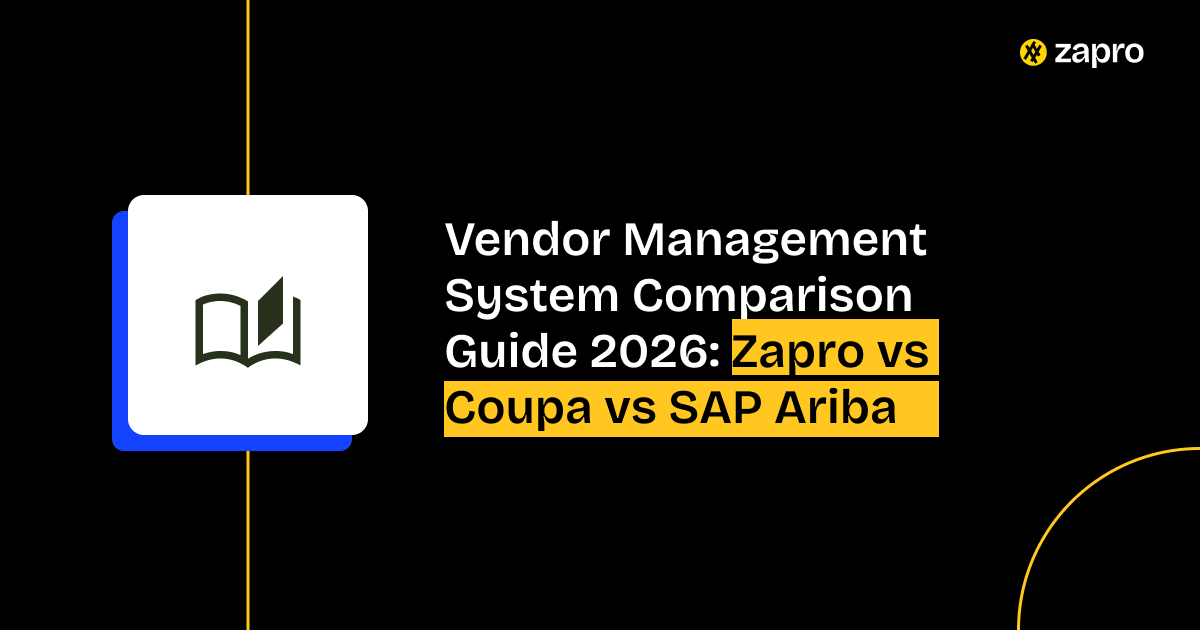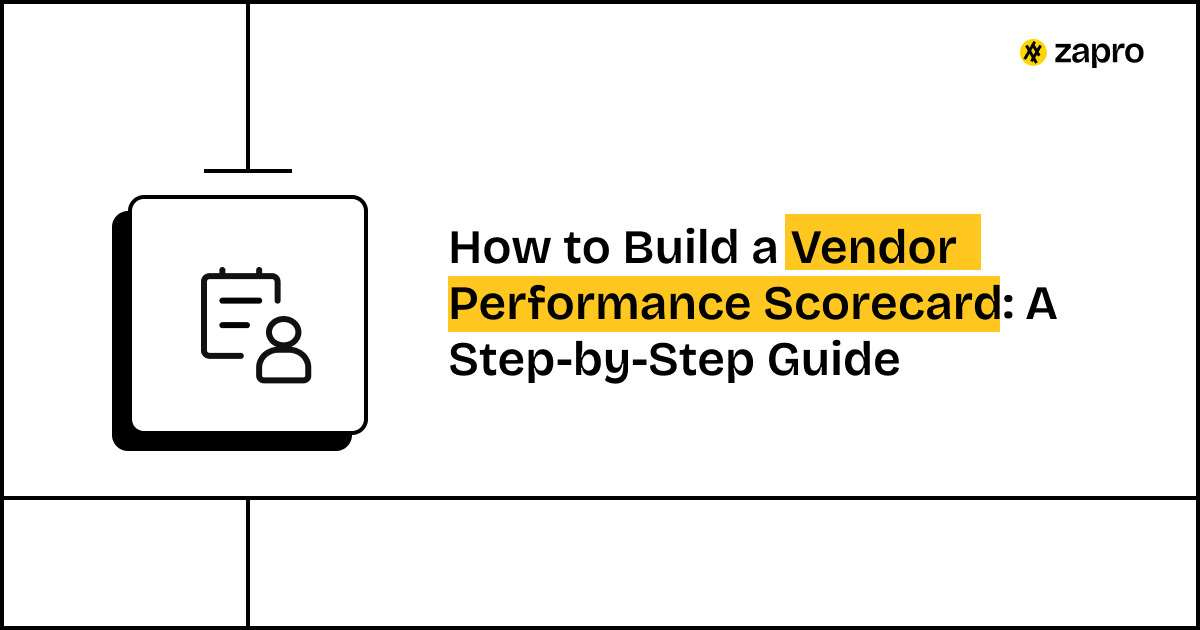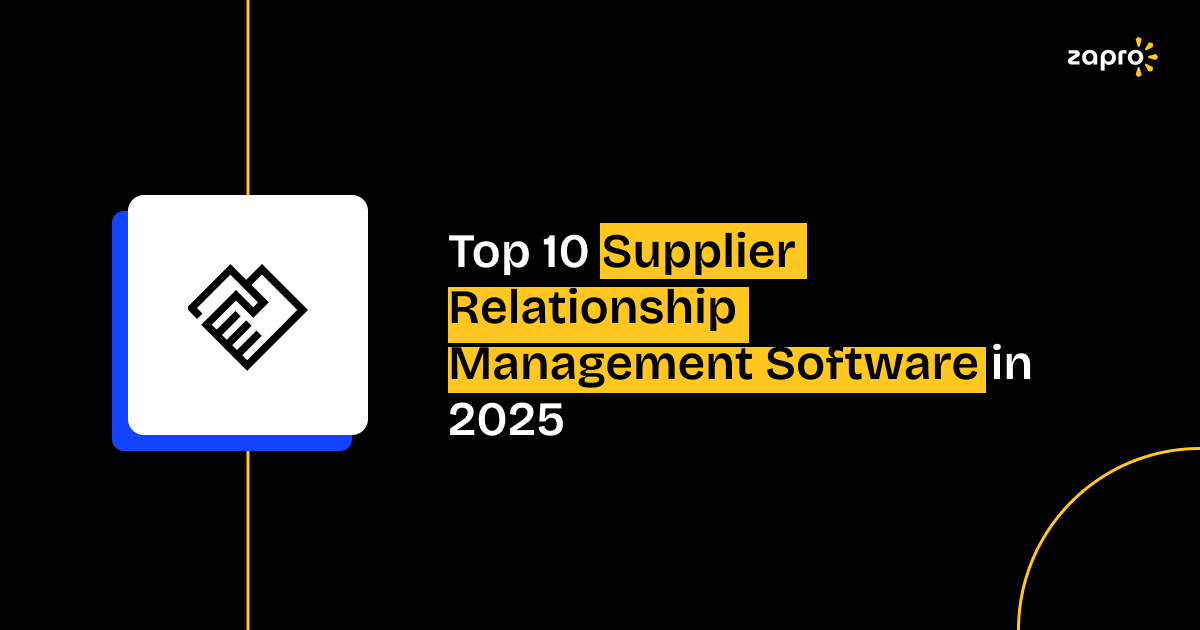For too long, negotiation in procurement has been a tug of war. We saw the vendor as the opposition, and the only win condition was getting the lowest price. This adversarial, price focused approach is outdated, costly, and ultimately undermines your supply chain.
More and more companies that are successful are flipping the script. They recognize that their critical vendors aren’t adversaries; they are partners. The goal of the conversation is no longer to squeeze the last penny out of the deal but to structure long term vendor negotiation that creates an enduring, mutually beneficial relationship.
This guide explores the advanced value based negotiation strategies that move beyond cost to focus on sustainable business outcomes. You’ll learn how to shift your mindset and your contracts to build true win-win supplier agreements that drive innovation and stability for years to come.
Beyond Price: The Evolution of Vendor Negotiation
The modern procurement specialist understands that the true cost of a bad relationship far outweighs any short term discount.
The Limitations of Transactional Negotiation
The exclusive focus on unit price or hourly rate during transactional negotiation leads to negative outcomes for both parties involved.
- Relationship Strain: The practice of asking for continuous price reductions leads to negative feelings between parties. The vendors will stop providing priority service and their best talent and innovative ideas because they lose motivation to work with you. They meet the minimum contractual obligation and nothing more.
- Reduced Quality: The pressure to maintain profit margins makes vendors reduce their standards for materials and labor and service delivery which results in higher Total Cost of Ownership (TCO) expenses for your organization in the future.
- Lack of Flexibility: A transactional vendor will maintain absolute adherence to contract management terms during emergencies which forces you to handle the situation on your own.
Transactional negotiation leads to short term, fragile wins that often result in long term, expensive problems. It completely misses the opportunity for relationship driven procurement.
Why Long Term Value is the New Metric
Long term vendor negotiation involves assessing value beyond basic cost considerations. The definition of value includes operational stability together with adaptability and creative solutions and mutual business expansion.
- Resilience: The agreement structure should motivate vendors to create backup systems which safeguard your operational continuity.
- Innovation: The contract framework should motivate vendors to introduce innovative solutions which deliver cost reductions and market-leading benefits to your organization.
- Strategic Alignment: The partnership enables both organizations to reach their strategic objectives through their collaborative efforts.
Value-based negotiation enables you to move past seeking reduced pie portions because it helps you grow the entire pie which benefits all parties involved.

62% of leading procurement organizations say strengthening relationships with their supply base is a top priority for supplier relationship management
Principles of Collaborative Negotiation for Vendor Relationships
The transition to collaborative discussions needs organizations to change their entire approach for discussion preparation and execution. This is the essence of relationship driven procurement.
Understanding Mutual Interests and Priorities
The start of a strategic sourcing negotiation requires complete comprehension of all involved factors. The vendor management needs to understand your definition of success before any term discussions can start.
- The Vendor’s BATNA: What is their best alternative? Understanding their walk away point and their pain points gives you context, not leverage.
- Their Drivers: The main drivers of their business operations stem from market share expansion and profitability goals and R&D funding and talent acquisition needs. Your proposed agreement becomes unresistible when you demonstrate understanding of their essential business requirements.
Your dedication to their business success will lead them to return the favor.
Building Rapport and Open Communication
A successful negotiation requires rapport which serves as the essential connection between parties. The establishment of trust depends on this foundation.
- Share Your Challenges: You should reveal your strategic risks and market challenges and long-term requirements to build trust with your vendor. The vendor will feel motivated to work with you to develop actual solutions through this approach.
- Listen to Understand: You should concentrate on identifying their fundamental worries instead of focusing on their declared positions during the negotiation process. The vendor’s price request usually hides an underlying problem which could be supply instability or production capacity limitations.
The Power of Joint Problem Solving
The collaborative negotiation method views the contract as a document which requires joint solutions. You should present the fundamental problem to the vendor and request their assistance in creating an agreement structure that benefits both parties.
The method of co-creates solutions between parties which results in win supplier agreements.
Turn Vendor Negotiations into Strategic Partnerships

Advanced Negotiation Techniques for Sustainable Partnerships
The fixed hourly rates and unit costs should be avoided in favor of payment systems that measure actual results.
Value Based Pricing Models and Performance Based Contracts
The payment system should use measurable outcomes as its basis for compensation.
- Value Based Pricing: The payment system under Value Based Pricing requires the next step involves using sophisticated structural methods to create enduring value after establishing a collaborative mindset. The use of businesses to pay for software based on delivered business value through specific metrics such as customer satisfaction improvements and system uptime rather than software costs.
- Performance Based Contracts: Performance Based Contracts establish payment systems which reward better performance through bonus payments and priority contract extension opportunities that drive organizations to improve continuously.
Outcome Oriented Agreement Structures (e.g., Gain Sharing)
These structures align the financial interests of both organizations.
- Gain Sharing: If the vendor’s innovation or effort leads to a measurable saving for your company (e.g., reducing logistics costs by 15%), the vendor receives a pre-agreed percentage of that gain. This is the purest form of a win-win supplier agreements and drives continuous innovation.
- Risk Sharing: If a project fails due to unforeseen circumstances, the risk of financial loss is borne by both parties, providing a clear incentive for the vendor to deliver quality.
Strategic Concessions and Trade-offs for Mutual Benefit
A concession isn’t a defeat; it’s a strategic investment in the relationship.
- Trade Off Low Value for High Value: If the vendor is struggling with tight payment terms, offer to move from 60 days to 45 days (a high value concession for them) in exchange for a volume discount over three years (a high value gain for you). This is key to strategic sourcing negotiation.
- Use Non Monetary Concessions: Offer to serve as a reference site for their product, or agree to a longer contract term. These concessions cost you little but provide the vendor with significant business development value.
Multi Party Negotiations and Ecosystem Alignment
The complex long-term vendor negotiation process requires you to include a vital supplier into your current system infrastructure and distribution system.
- Align the Ecosystem: The negotiation process should include essential suppliers and technology partners to achieve ecosystem alignment which will result in a stable supply chain system for all parties involved.
Preparing for a Long-Term Value Negotiation
Preparation for value-based negotiation is intensive and strategic, requiring a shift in focus from market pricing to business integration.
Comprehensive Supplier Research and Business Understanding
Your research must go beyond checking their pricing sheet.
- Deep Dive: Understand their annual report, their key strategic initiatives (where they plan to invest), their customer base, and their corporate culture.
- Internal Stakeholder Input: Interview your internal users of the vendor’s service (operations, finance, IT) to fully understand the qualitative challenges and successes that the contract must address.
Defining Your ‘Best Alternative to a Negotiated Agreement’ (BATNA)
Your BATNA is your power. It defines what you will do if you can’t reach an agreement. You need a clear, well researched, and actionable alternative. Your understanding of your backup plan enables you to handle negotiations effectively while exiting deals that fail to achieve your strategic sourcing negotiation targets.
Assembling the Right Negotiation Team
The team should reflect the long-term value focus. The negotiation team should include procurement and legal representatives together with senior business unit representatives who depend most on the vendor (such as Operations or Innovation Leads). The vendor will understand that the partnership stands as a vital corporate initiative through this approach.
Leveraging Data and Analytics in Value Driven Negotiations
In a value-based negotiation, data is the shared reality that guides both parties toward a win-win supplier agreements.
Benchmarking and Market Intelligence
Use market intelligence tools to understand pricing trends, but also to identify the value-added services (e.g., premium support, implementation speed) that top tier competitors offer. This will help focus on value delivery instead of price alone because of this approach.
Total Cost of Ownership (TCO) Analysis
TCO is your ultimate tool against a purely price focused vendor. TCO models should be used to show that a solution priced slightly higher which provides 99.9% uptime and no additional costs will prove more cost-effective than a low-cost competitor that needs ongoing internal support or experiences multiple downtime interruptions.
Performance Metrics and Relationship Health Data
Leverage historical performance data to guide the conversation. Use objective metrics (on time delivery, defect rates) and qualitative relationship health data (communication logs, support response times) to pinpoint areas where the contract needs to incentivize improvement or reward excellence. Zapro‘s platform, for instance, centralizes this data, ensuring both parties start from a shared factual basis.
Post Negotiation: Nurturing the Agreement and Relationship
A contract is just the beginning. Relationship driven procurement requires continuous effort after the ink is dry.
Contract Management as a Relationship Tool
Your contract management process should support the partnership. The system needs to have user-friendly features for vendors to access while delivering prompt and correct payment services. A system that makes the vendor’s job easy reinforces the win win supplier agreements.
Regular Business Reviews and Feedback Loops
Schedule Regular Business Reviews (RBRs) that focus on strategy, market trends, and joint investment opportunities, not just past performance. Use these reviews to celebrate successes and proactively adjust contract terms to reflect changing market realities. This demonstrates your commitment to the long-term vendor negotiation.
Conclusion: Negotiating Partnerships, Not Just Contracts
Shifting to value-based negotiation is perhaps the most important skill for modern procurement professionals. The process enables you to transition from cost management to value creation through strategic sourcing negotiation which establishes enduring long term supplier partnerships.
Your negotiation approach based on shared goals and open dialogue and gain sharing techniques will produce enduring agreements that benefit both parties in every negotiation. Your organization acquires more than services through these investments because you build lasting business stability.

Negotiate Smarter, Not Harder
Smart analytics. Better deals. Stronger vendor relationships.
Don’t miss our weekly updates
We’ll email you 1-3 times per week—and never share your information.
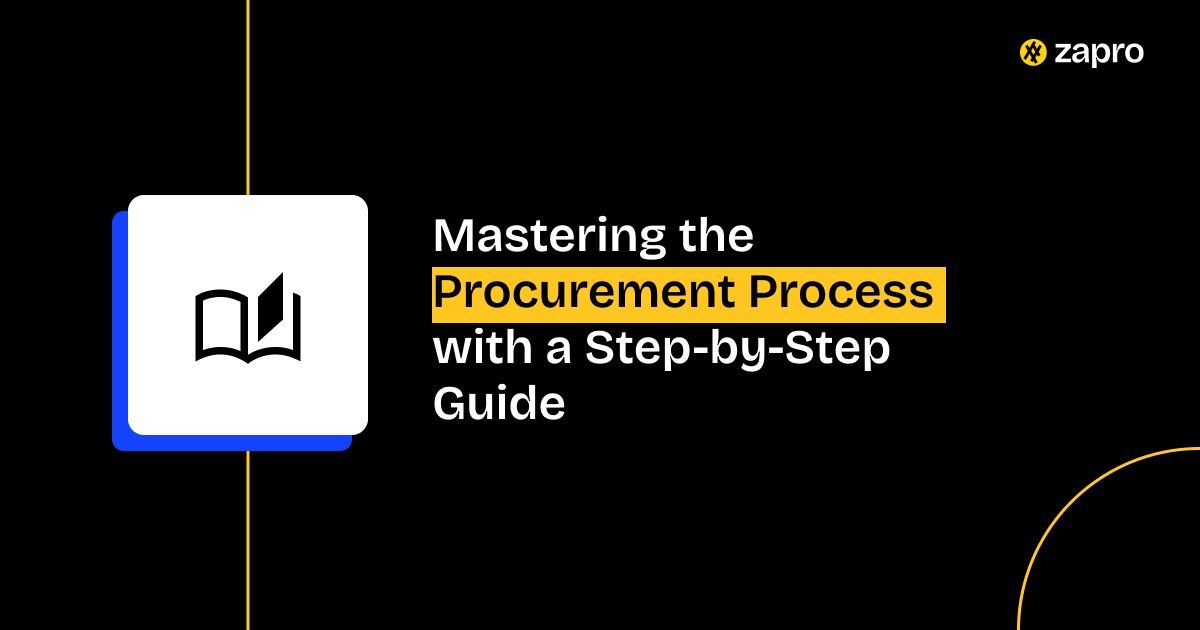
 Healthcare
Healthcare Financial Services
Financial Services Technology
Technology Venture Capitalist
Venture Capitalist Chief Procurement Officer
Chief Procurement Officer Chief Financial Officer
Chief Financial Officer